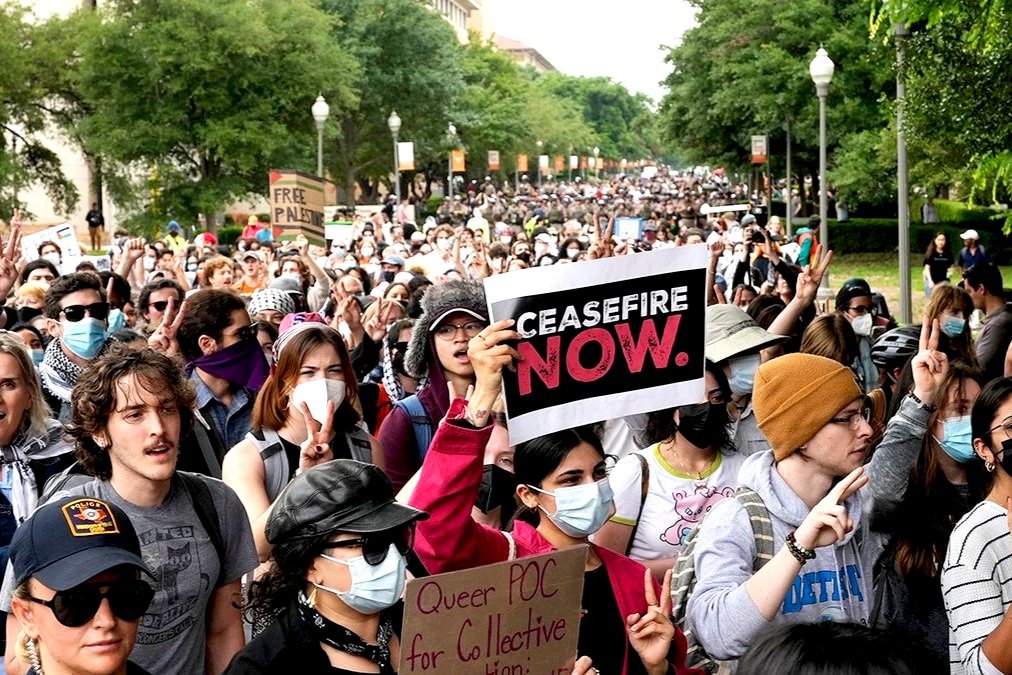Crisis Communication With The Ongoing Campus Protests
The protests on college and university campuses across the country are a microcosm of the difficult national and global dialogue surrounding the Israel-Hamas war. While protests in higher education are nothing new, the threat of violence, presence of law enforcement and calls for resignations of leadership have elevated these to nonstop national news.
College and university campuses are dynamic communities within themselves, and school communication systems offer numerous unique ways to engage with students and other key stakeholder groups, including alumni, faculty and staff and surrounding communities. At the same time, these communication channels can also foster the lightening-fast spread of misinformation, leading to further discord.
Key crisis principles such as timeliness, transparency and authenticity are key to managing the ongoing situation in a proactive way, while prioritizing safety and the right to free speech. Consider the following four key principles to help effectively manage this crisis:
Leading Through Listening: University leaders are on the front lines of guiding the process and policies that allow for student voices to be heard and are operating in a quickly changing environment. Listening and immediately correcting rumors and falsehoods can help create a more stable situation.
Real-Time Resources: Protecting student and University community safety is of the utmost importance to the everyone. Setting up real-time, relevant resources and safety protocols/precautions for students and others to share concerns and receive help – both physical and emotional/mental – is the first step toward creating a safe environment and productive space for discussion.
Convening Constructive Conversation: Bringing in partners and community leaders to ensure a comprehensive discussion that allows for dissention and free speech but discourages political sideshows and demagoguery.
Paving a Path Forward: Once the acute protests cede, continuing to support programs and resources that allow students move forward and understand the best ways to express their perspectives and affect change.


